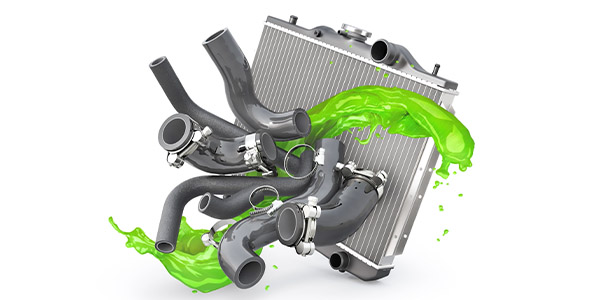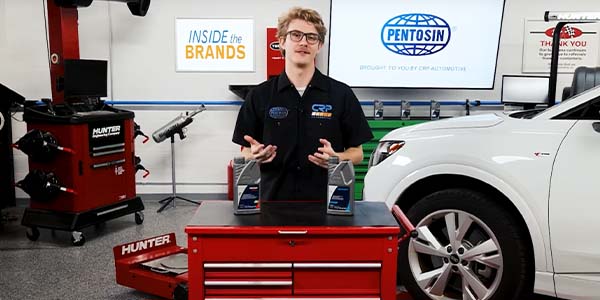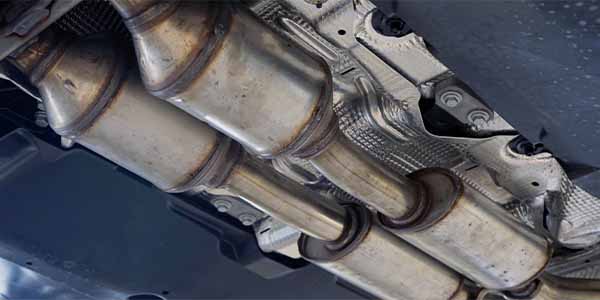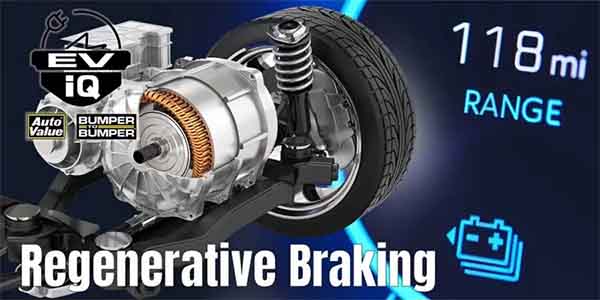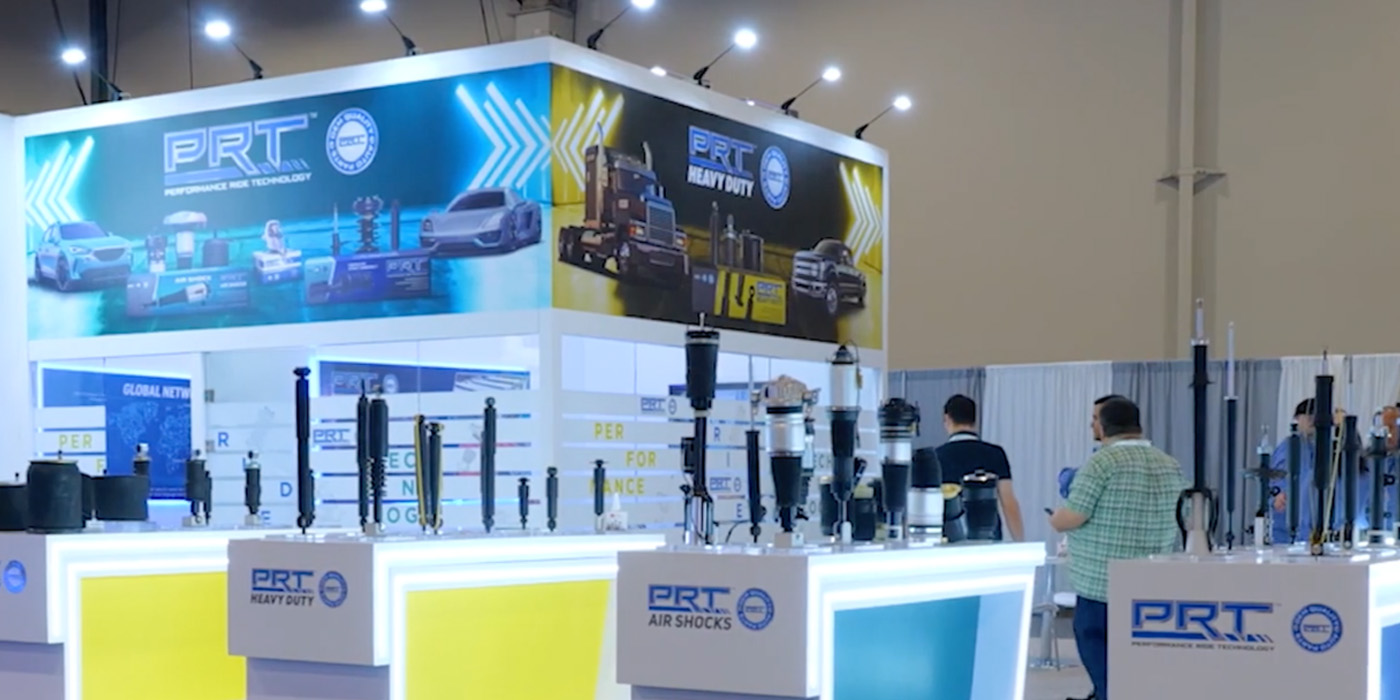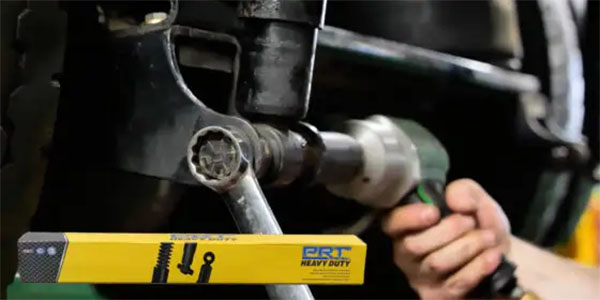The early 2000s was the golden age of port fuel injection. Carbon deposit problems had gone the way of worn ignition points and V-belts. In most states and corn was used for food and not for E10 and E15 blends. No one could have anticipated the role carbon deposits would play during the next decade.
By the late 2000s, the majority of vehicles made the switch to throttle-by-wire and direct fuel injection was replacing port fuel injection for both domestic and import nameplate engines. Automakers were also downsizing engines, bumping up compression ratios and adding turbochargers. Also, many OEMs were reengineering crankcase ventilation systems to deal with new low friction piston ring designs.
These changes caused the carbon deposit problems to come out of retirement. On late-model engines, when conditions in the combustion chamber fall outside of the “Goldilocks zone,” carbon deposits can occur.
While the most natural explanation is to say that carbon deposits are unburned fuel, it is only part of the equation. Just remember, carbon deposits can be formed by low and high temperatures inside and outside the cylinders.
The main cause of intake valve carbon deposits is fuel not hitting the back of the intake valves as in port fuel injected engines. Also, leaner mixtures and higher combustion pressures on port and direct injected engines can make the problem worse over time due to increased valve temperatures.
When a hot-spot or sub-optimal flame front is created due to turbulent air, the amount of unburned fuel in the combustion chamber increases. Another factor is variable valve timing systems. When the valve opens during the intake stroke, it might come in contact with these byproducts, and, unlike those through the exhaust valves, the gases passing by are not hot enough to burn them off.about:blank
The other cause of intake valve carbon deposits are gases and oil from the PCV system. Since engine oil does not burn the same as gasoline, they have a greater potential to cause carbon deposit accumulations on engine surfaces.
No matter the engine or injection technology, carbon deposits do not happen overnight. Performing maintenance and using a in-tank fuel treatment can break up carbon deposits and prevent them from happening in the first place.
This video is sponsored by Rislone.







